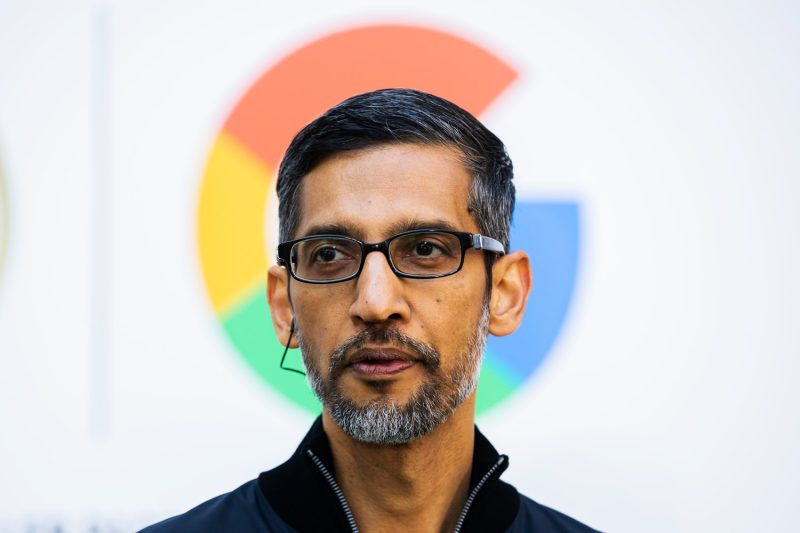
Experts Turn to Microsoft Case for Insights After Google’s Antitrust Ruling
In the wake of Google’s recent antitrust ruling by the U.S. Justice Department and the 11 states, experts and observers are drawing parallels with the historic Microsoft antitrust case from 25 years ago. This development has set off a wave of speculation regarding the potential impact on Google’s future as a dominant player in the tech industry. By comparing the two cases, we can gain valuable insights into the potential outcomes for Google and the broader implications for the technology sector.
The Microsoft case of the late 1990s centered around allegations of monopolistic practices, specifically regarding the bundling of the Internet Explorer web browser with its Windows operating system. The case ultimately resulted in a settlement that imposed restrictions on Microsoft’s business practices to prevent anti-competitive behavior.
Similarly, Google is facing allegations of anti-competitive conduct related to its dominance in online search and search advertising. The case focuses on Google’s agreements with other tech companies to make its search engine the default option on various devices and browsers. Critics argue that these agreements stifle competition and limit consumer choice in the online search market.
One of the key similarities between the two cases is the notion of leveraging dominance in one market to gain an unfair advantage in another. In both instances, the companies used their dominant position in one area to promote their products or services in related markets, potentially harming competition and innovation.
However, there are also significant differences between the Microsoft case and Google’s current situation. Google operates in a much more complex and rapidly evolving digital landscape compared to the tech environment of the late 1990s. The rise of mobile devices, artificial intelligence, and the increasing integration of data-driven technologies have added layers of complexity to the issues at stake.
Furthermore, Google’s business model and the nature of its services differ significantly from Microsoft’s. Google’s search engine and advertising platform are deeply ingrained in the online ecosystem, with billions of users relying on its services every day. This widespread use of Google’s products and services raises questions about the potential impact of any regulatory action on businesses, advertisers, and consumers who rely on the platform.
The outcome of the Microsoft case set a precedent for regulating anti-competitive behavior in the technology industry. It remains to be seen how the Google antitrust case will unfold and what implications it may have for the future of competition in the digital economy. As experts and regulators examine the parallels between these two landmark cases, they will need to navigate the complexities of the modern tech landscape to ensure a fair and competitive marketplace for all stakeholders.
In conclusion, the comparisons between the Google antitrust case and the Microsoft case highlight the ongoing challenges of regulating dominant tech companies in a rapidly changing digital economy. By learning from past experiences and adapting regulatory frameworks to address current realities, policymakers can strive to foster innovation, competition, and consumer choice in the tech industry.
